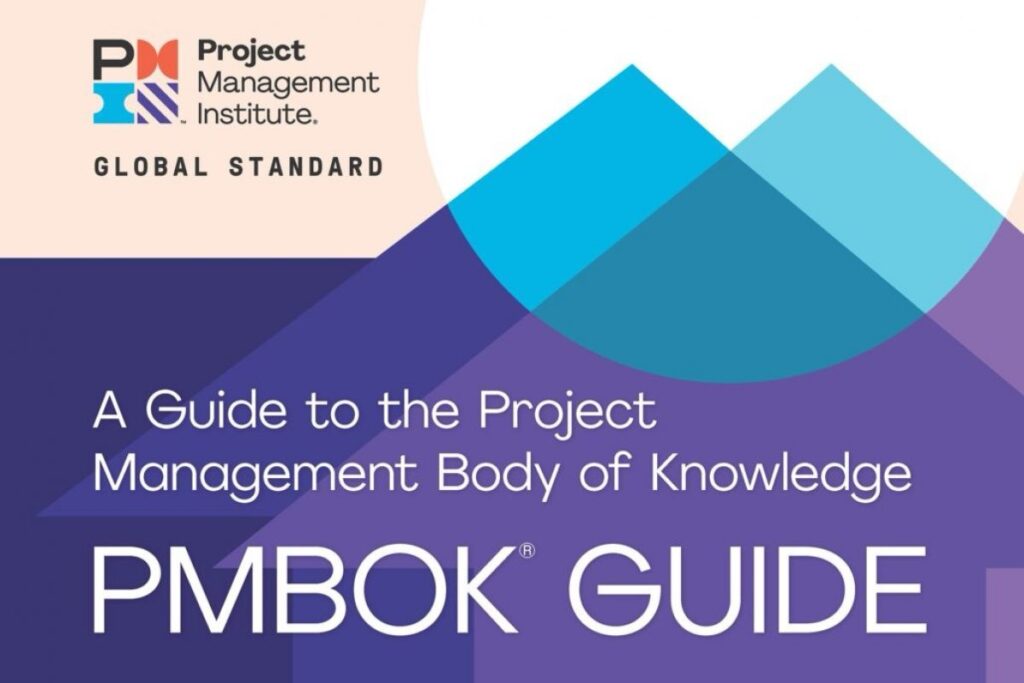7 Conversations Every PM Must Have with Their Sponsor—Before the First Dollar Is Spent
Before timelines tighten and invoices land, a project manager must pause. Not to gather requirements or build the WBS—but to talk. With their sponsor. Too many projects begin with vague alignment, soft assumptions, and a shared enthusiasm that fizzles under pressure. The remedy? Honest, strategic conversations before the first dollar is committed. Here are seven […]
7 Conversations Every PM Must Have with Their Sponsor—Before the First Dollar Is Spent Read More »










